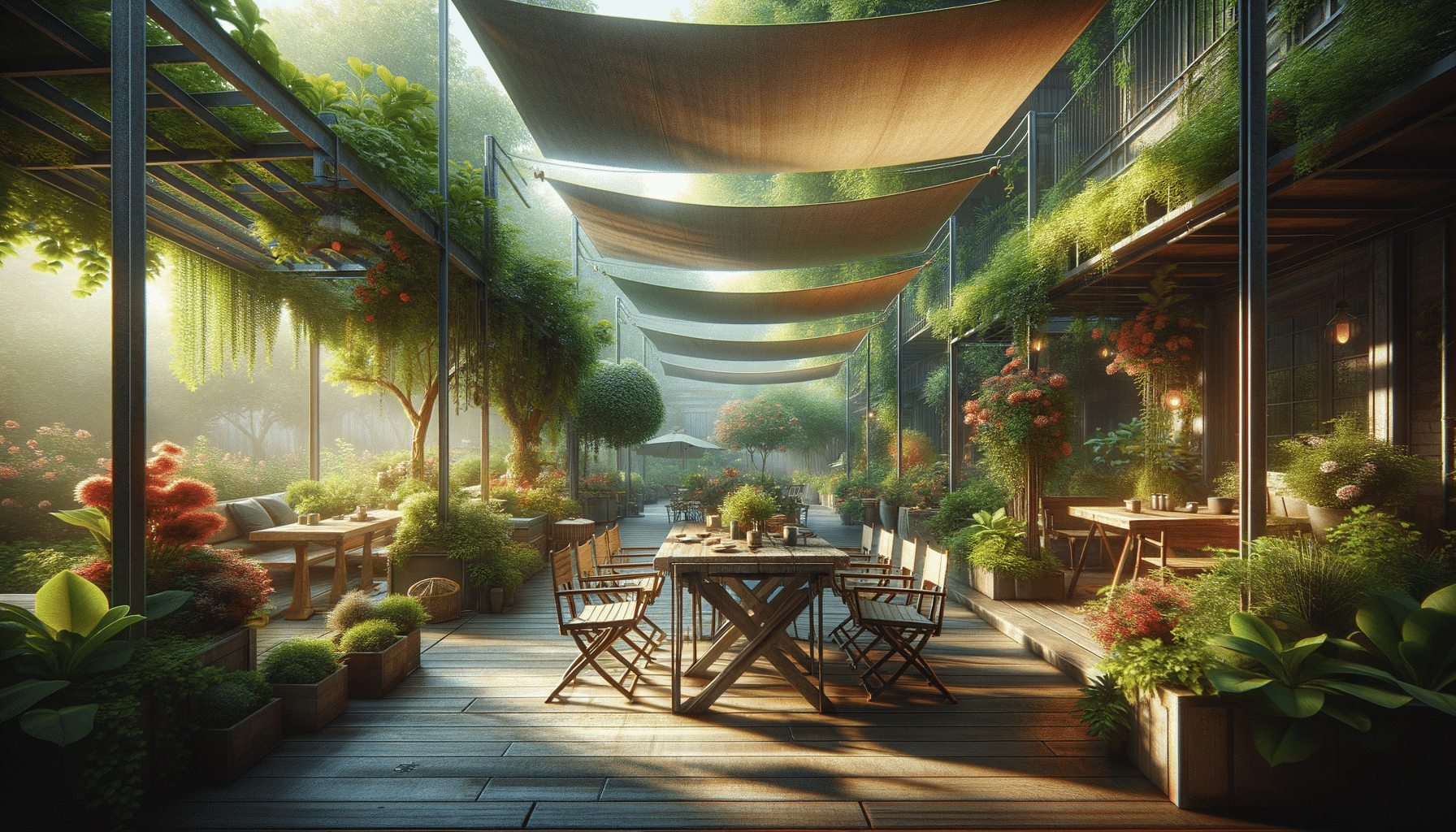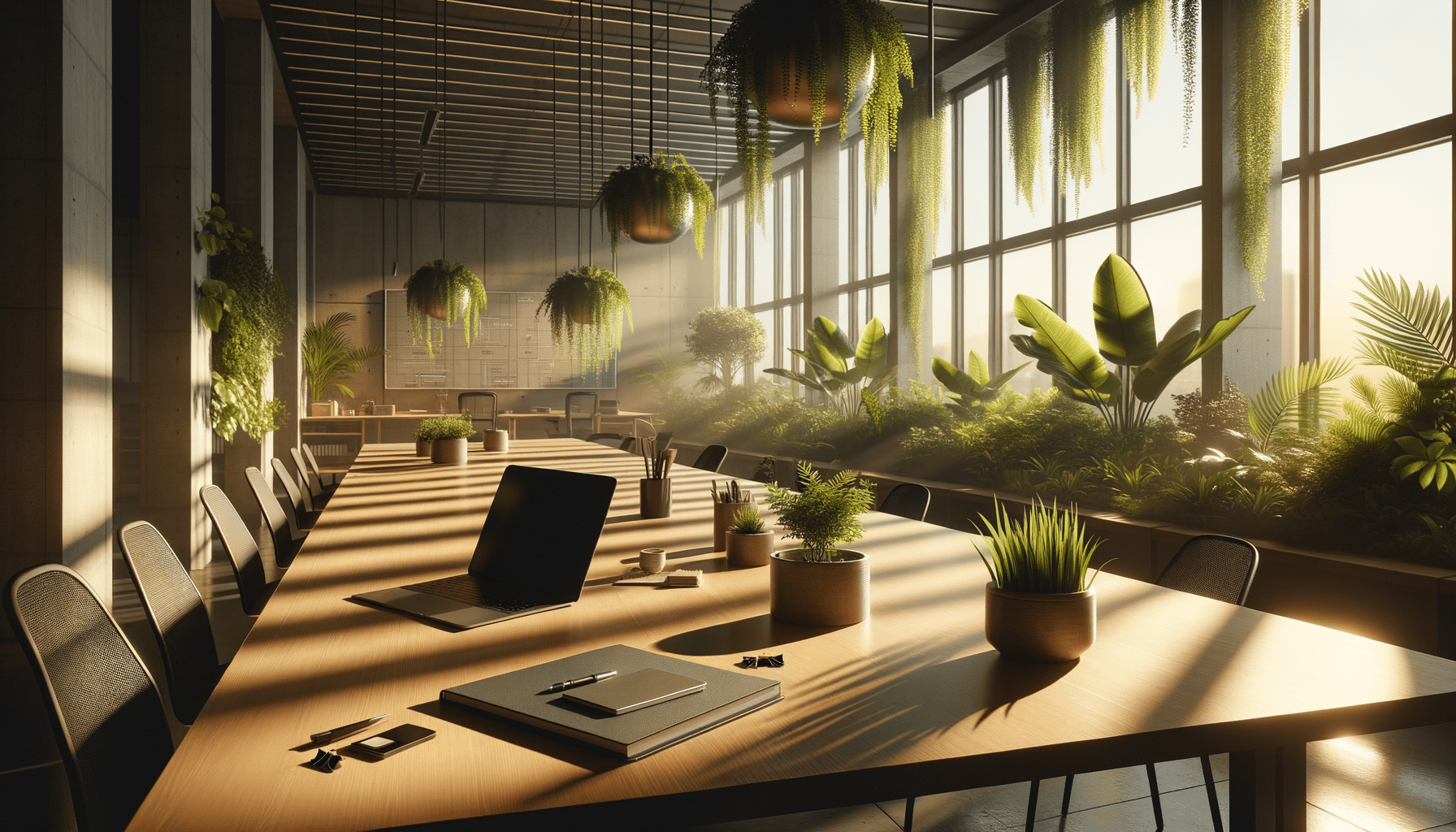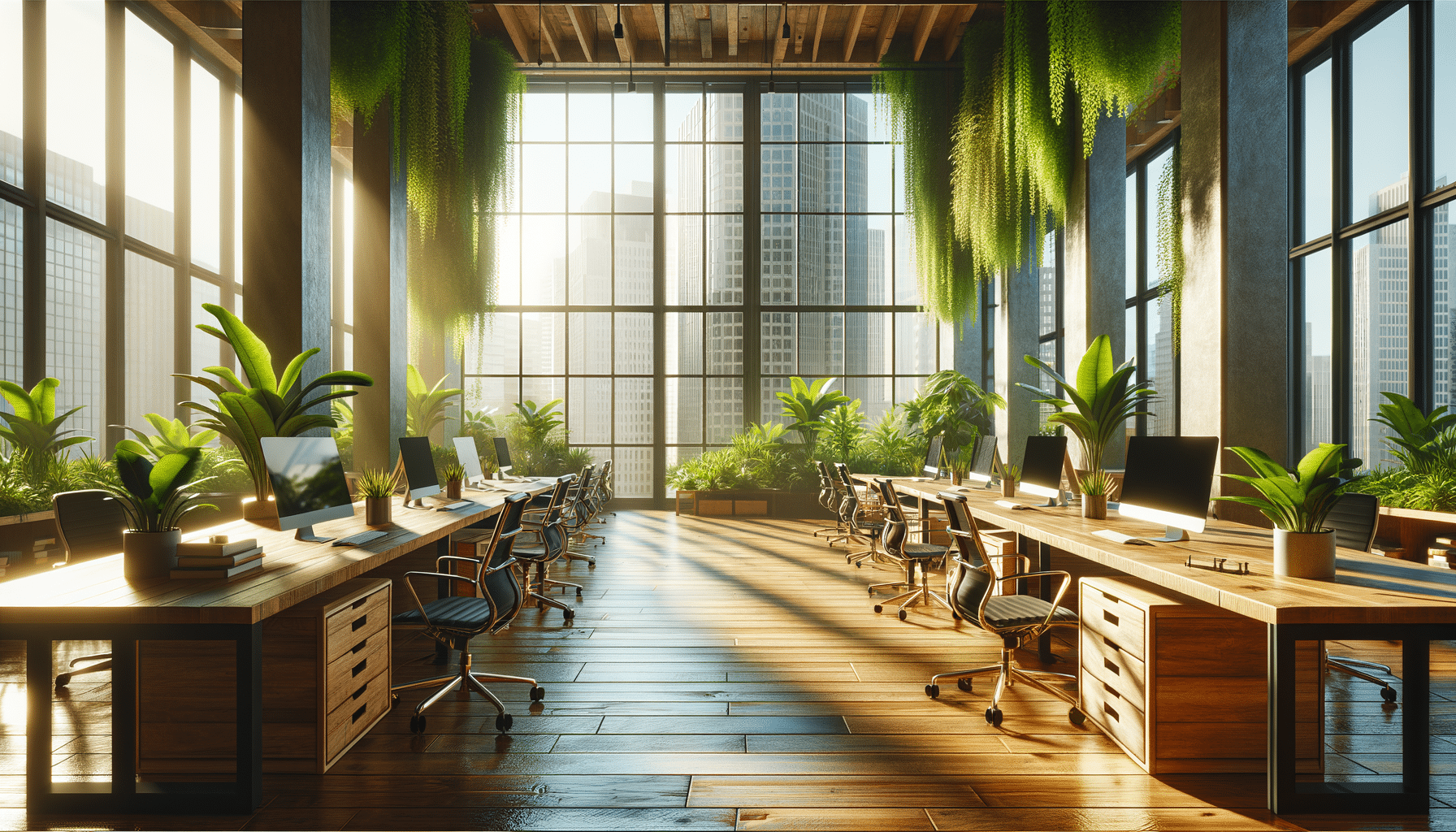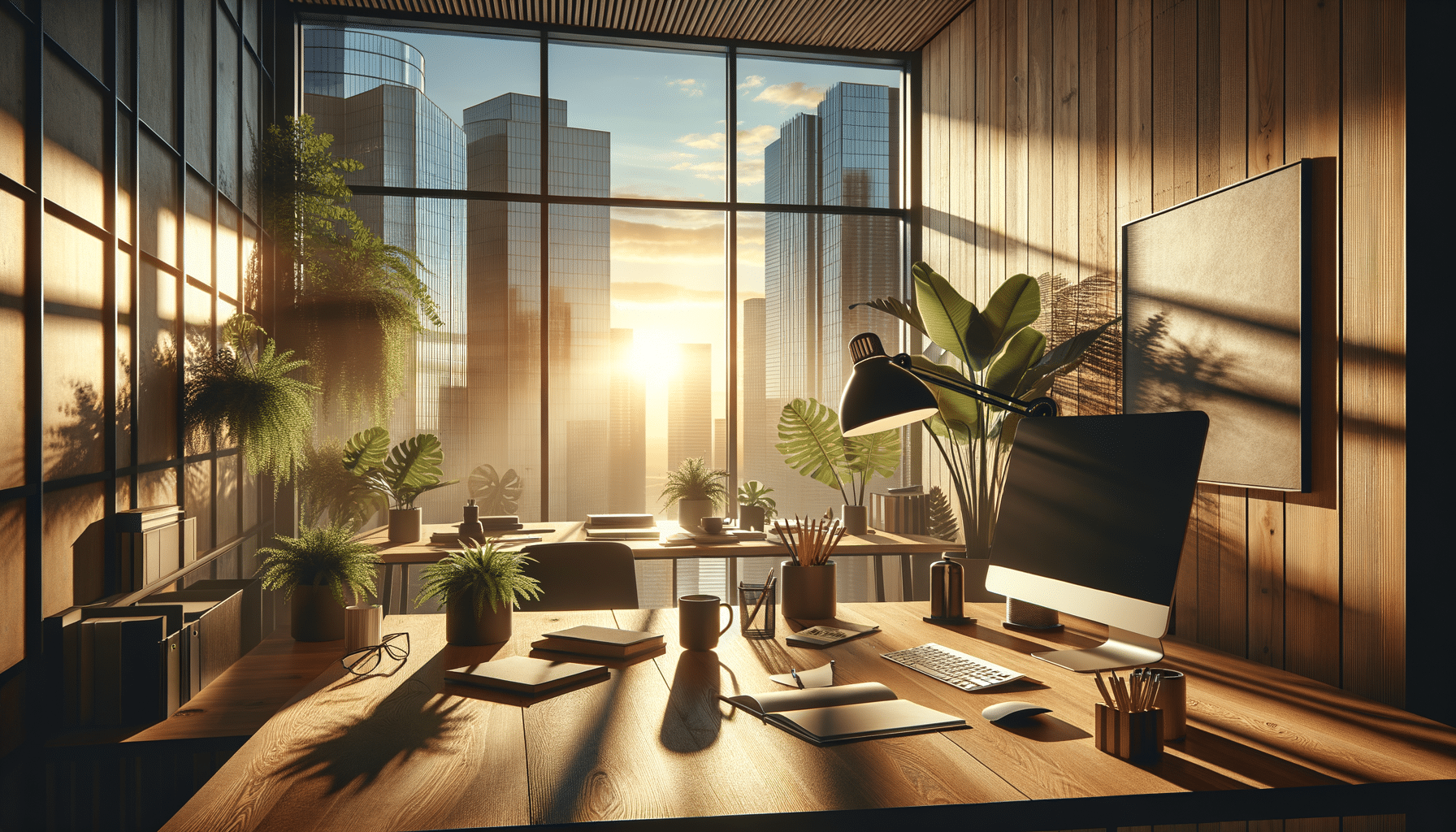
The Allure and Functionality of Outdoor Awnings: Transforming Spaces with Style
Introduction to Outdoor Awnings
Outdoor awnings are more than just architectural features; they are a blend of style and function that transform spaces into aesthetically pleasing and comfortable environments. These versatile structures provide shade and shelter, enhancing the usability of outdoor areas in residential and commercial settings alike. With their ability to protect from the sun and rain, awnings extend the living space beyond the confines of walls, offering an inviting retreat in gardens, patios, and terraces.
The significance of outdoor awnings extends beyond comfort. They play a crucial role in energy efficiency by reducing the amount of direct sunlight entering a building, which in turn can lower cooling costs. Their aesthetic appeal is undeniable, with a range of designs, colors, and materials that can complement any architectural style. This article delves into the multifaceted world of outdoor awnings, exploring their types, benefits, and how they can be integrated into various settings.
Types of Outdoor Awnings
Outdoor awnings come in a variety of types, each catering to different needs and preferences. The most common types include retractable awnings, stationary awnings, and freestanding awnings.
Retractable awnings are highly flexible, allowing users to extend or retract the awning as needed. This type of awning is ideal for those who want control over the amount of shade or sunlight on their outdoor space. They can be manually operated or motorized for added convenience.
Stationary awnings, on the other hand, are fixed structures that provide constant protection from the elements. They are typically more robust and can withstand harsher weather conditions. These awnings are perfect for areas that require permanent coverage, such as over windows or doorways.
Freestanding awnings are not attached to a building, making them a versatile option for creating shaded areas anywhere in a garden or patio. These are particularly useful for events or gatherings, as they can be moved and adjusted to suit different needs.
Benefits of Installing Outdoor Awnings
The installation of outdoor awnings offers numerous benefits that enhance both the functionality and appearance of a property. One of the primary advantages is the significant reduction in energy consumption. By blocking direct sunlight, awnings can decrease indoor temperatures, thereby reducing the reliance on air conditioning systems.
In addition to energy savings, awnings protect outdoor furniture and flooring from sun damage, extending their lifespan. This protection is particularly important in areas with intense sunlight exposure, where UV rays can cause fading and deterioration.
Awnings also contribute to the aesthetic value of a property. They add a touch of elegance and charm, with options to match any architectural style or color scheme. Whether it’s a classic canvas awning or a modern metal design, these structures can enhance the curb appeal of a home or business.
Choosing the Right Material for Your Awning
The choice of material for an awning is crucial in determining its durability, appearance, and maintenance requirements. Common materials include canvas, polyester, and metal, each offering distinct advantages.
Canvas awnings are traditional and offer a classic look. They are breathable, allowing air circulation while providing shade. However, they may require regular maintenance to prevent mold and mildew.
Polyester awnings are known for their durability and resistance to fading. They are often coated with acrylic or PVC to enhance their weatherproofing capabilities, making them a popular choice for areas with varying weather conditions.
Metal awnings, such as those made from aluminum or steel, are robust and long-lasting. They provide excellent protection against harsh weather and require minimal maintenance. Metal awnings are often chosen for their modern aesthetic and strength.
Integrating Awnings into Your Outdoor Design
Integrating awnings into an outdoor design involves careful consideration of the existing architecture and landscape. The goal is to create a cohesive look that enhances the overall aesthetic appeal of the space.
When planning the integration of an awning, consider the color and style that will best complement the existing structures. Awnings can be custom-made to match the color scheme of a building, creating a seamless transition between indoor and outdoor spaces.
Additionally, the placement of the awning is crucial. Consider the sun’s path and the areas that require the most shade throughout the day. Strategic placement can maximize the awning’s effectiveness in providing comfort and protection.
Finally, think about the functionality of the space. Awnings can be used to create distinct zones, such as dining or lounging areas, enhancing the usability of an outdoor space. With the right design and placement, awnings can transform an ordinary outdoor area into a stylish and functional retreat.


